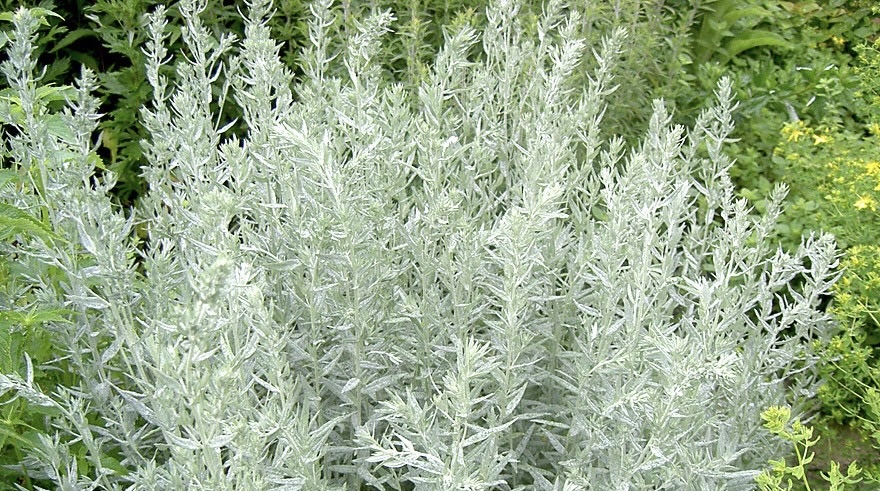Introduction: What Is Estafiate?
Across generations and cultures, certain plants have stood the test of time as powerful natural remedies. One such plant is Estafiate—scientifically known as Artemisia ludoviciana. This silvery-green herb has long been a cornerstone of traditional Mexican and Native American medicine. From treating digestive discomfort to reducing inflammation, estafiate offers a wide range of therapeutic benefits rooted in centuries of use.
Today, as modern consumers increasingly turn toward natural health alternatives, estafiate is regaining recognition for its potent medicinal qualities. Let’s explore the history, benefits, uses, and modern applications of this fascinating herb.
The Origin and History of Estafiate
Estafiate belongs to the Artemisia genus, which includes well-known species like wormwood (Artemisia absinthium) and sagebrush. Native to North America—especially Mexico, the southwestern United States, and Central America—estafiate thrives in arid regions with abundant sunlight.
For centuries, indigenous peoples, including the Aztecs and other Mesoamerican cultures, revered estafiate for its healing powers. It was commonly used in traditional medicine to treat stomach pain, menstrual issues, fevers, and infections. Shamans and herbal healers also employed estafiate in purification rituals to cleanse both body and spirit.
The Spanish colonizers later adopted the herb into their pharmacopeia, spreading its use across Latin America. Today, estafiate remains a staple in Mexican herbal medicine, often found in teas, tinctures, and topical preparations.
Botanical Description
Estafiate is a perennial herb that grows up to 3 feet tall. It’s easily recognized by its:
- Silvery-gray leaves: Covered in fine hairs, giving them a soft texture and distinctive color.
- Aromatic scent: Similar to sage or mint, though slightly more bitter.
- Clusters of small white or yellow flowers: Blooming in late summer and fall.
It’s often found growing wild along roadsides, fields, and hillsides. Because of its hardiness, estafiate is a resilient plant that can thrive with minimal maintenance, making it ideal for herbal gardeners.
Traditional Uses of Estafiate
Estafiate has been a key component of folk medicine across Latin America for hundreds of years. Traditional healers rely on it for both internal and external remedies.
1. Digestive Health
Estafiate is best known for its role in treating digestive issues. It acts as a natural carminative—helping relieve bloating, indigestion, and nausea. Traditional healers often recommend estafiate tea after heavy meals to support healthy digestion and reduce stomach cramps.
2. Menstrual Relief
Women have long used estafiate to regulate menstrual cycles and ease menstrual pain. Its mild uterine-stimulating properties help alleviate cramps and discomfort associated with menstruation.
3. Fever and Cold Relief
The herb’s anti-inflammatory and antimicrobial properties make it an effective remedy for fevers, colds, and respiratory infections. Drinking estafiate tea or using it in steam inhalations helps clear congestion and promote recovery.
4. Anti-Parasitic Effects
Estafiate has natural anthelmintic (anti-parasitic) properties. Traditionally, it was used to eliminate intestinal worms and parasites, a practice still common in rural communities.
5. Wound Healing and Skin Health
When applied topically, estafiate acts as a natural antiseptic. Poultices made from its leaves can be used to clean wounds, insect bites, and minor burns. It soothes irritation and speeds up the healing process.
Modern Scientific Understanding
While estafiate’s traditional uses are well documented, modern science has started to confirm many of its benefits through research. Studies have found that estafiate contains several bioactive compounds, including:
- Flavonoids and terpenoids: Known for their antioxidant and anti-inflammatory effects.
- Essential oils: Containing compounds such as camphor, cineole, and thujone that contribute to its antimicrobial and digestive properties.
Research suggests that estafiate’s phytochemical composition supports its traditional use for inflammation, pain relief, and gastrointestinal disorders. However, like many herbal remedies, dosage and long-term effects still require more comprehensive scientific studies.
How to Use Estafiate
There are several ways to incorporate estafiate into your wellness routine, depending on your needs and preferences.
1. Estafiate Tea
The most common method is brewing estafiate tea. To prepare it:
- Boil one cup of water.
- Add one teaspoon of dried estafiate leaves.
- Let it steep for 5–10 minutes.
- Strain and drink warm, preferably before meals.
This tea is slightly bitter, so you can add honey or lemon to improve its taste. Many people drink it after eating to soothe the stomach and prevent bloating.
2. Tinctures and Extracts
Concentrated estafiate tinctures are available in health stores or can be made at home by steeping the herb in alcohol or glycerin. Just a few drops in water or tea can deliver its benefits in a convenient form.
3. Topical Applications
For external use, estafiate leaves can be crushed into a paste or infused into oils to treat cuts, rashes, or joint pain. Its cooling effect makes it ideal for reducing inflammation on the skin.
4. Aromatic and Ritual Use
Beyond its medicinal properties, estafiate has a long history in spiritual cleansing rituals. It is sometimes burned as incense to purify spaces, promote calm, and drive away negative energy—similar to how sage is used in North American traditions.
Health Benefits of Estafiate
Here’s a closer look at some of the scientifically and traditionally supported benefits of estafiate:
1. Supports Digestive Function
Estafiate’s bitter compounds stimulate bile production and promote healthy digestion. This makes it effective for issues like gastritis, nausea, and constipation.
2. Reduces Inflammation
Flavonoids in estafiate act as natural anti-inflammatory agents. Regular consumption can help manage chronic inflammation, arthritis, and muscle soreness.
3. Antimicrobial and Antifungal Properties
Studies have shown that estafiate can inhibit the growth of certain bacteria and fungi, making it useful in treating infections and boosting immune health.
4. Relieves Menstrual Pain
Its mild uterine-toning effect helps reduce cramping and discomfort during menstruation. Estafiate tea is often used alongside other herbs like chamomile or cinnamon for enhanced relief.
5. Enhances Liver Function
Estafiate has been used to support liver detoxification and promote bile flow, assisting in the body’s natural cleansing processes.
Safety, Side Effects, and Precautions
While estafiate is generally safe when used in moderation, it should be consumed responsibly.
Here are some important precautions:
- Avoid overuse: Excessive intake may cause nausea or nervous system stimulation due to its thujone content.
- Pregnancy warning: Estafiate may stimulate uterine contractions, so pregnant women should avoid it.
- Consult a healthcare provider: Especially if you’re on medication, have liver conditions, or plan to use it long-term.
As with any herbal remedy, it’s essential to start with small doses and observe how your body reacts.
Estafiate in Modern Herbal Medicine
In today’s wellness industry, estafiate has gained renewed interest as part of a holistic approach to health. Herbalists now blend it with complementary plants like chamomile, peppermint, or dandelion to enhance its digestive and detoxifying effects.
Its natural versatility also makes it a valuable ingredient in modern herbal supplements and natural skincare formulations. Whether used as a tea, tincture, or essential oil infusion, estafiate continues to prove its worth as one of nature’s most beneficial herbs.
Growing Estafiate at Home
For those who enjoy gardening, estafiate is an easy-to-grow herb. Here’s how you can cultivate it:
- Soil: Well-drained, sandy or loamy soil.
- Sunlight: Full sun exposure for best growth.
- Water: Minimal watering once established; it’s drought-tolerant.
- Propagation: Can be grown from seeds or cuttings in spring.
Harvest the leaves before flowering for optimal potency, and dry them in a shaded area for later use.
Cultural and Spiritual Significance
In Mexican and Native American traditions, estafiate carries symbolic meaning beyond physical healing. It is associated with purification, protection, and balance. Traditional healers burn dried estafiate in cleansing rituals to ward off illness or negative energy.
This cultural reverence reflects a holistic understanding of health—one that embraces the connection between body, mind, and spirit.
Conclusion: A Timeless Herb for Modern Wellness
Estafiate stands as a remarkable example of how ancient herbal wisdom continues to hold value in modern times. With its powerful digestive, anti-inflammatory, and antimicrobial properties, this humble herb offers a natural way to promote balance and wellness.
Whether enjoyed as a soothing tea, applied as a healing salve, or appreciated for its cultural significance, estafiate bridges the gap between traditional medicine and modern health. As interest in natural remedies continues to rise, this ancient herb will undoubtedly remain a vital part of herbal healing practices for generations to come.


